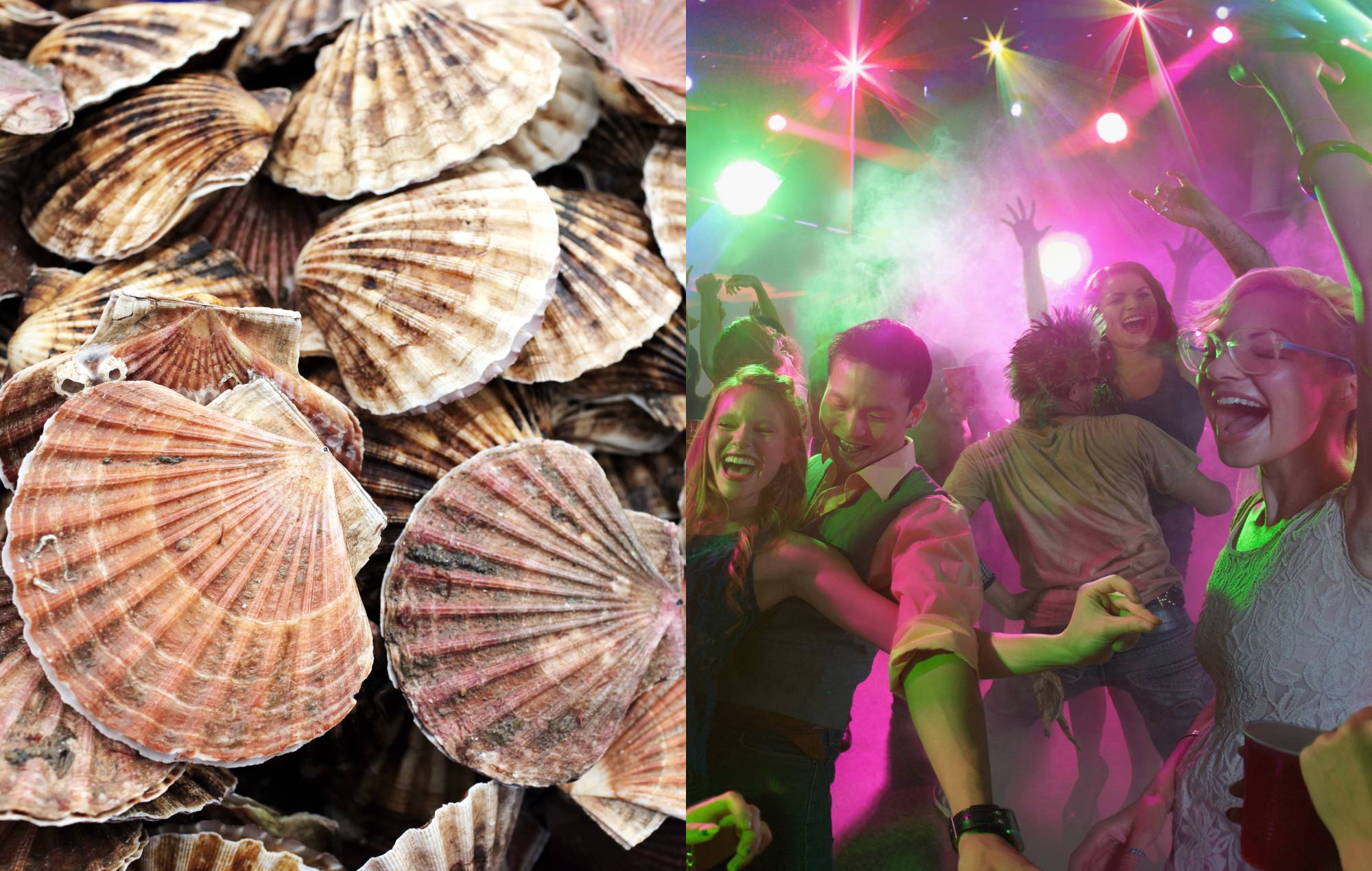
Scientists have discovered a new technique for catching scallops while fishing that could help protect the seabed, involving LED “disco” lighting.
Marine scientist Dr. Rob Enever and his team at Fishtek Marine, a Devon-based fisheries consultancy, designed small underwater “potlights” to attract crabs and lobsters, and remove the need to use other fish as bait.
However, while the lights were supposed to attract crabs into the pots, the experiment found that it was primarily scallops who were drawn to the LED lighting.
- READ MORE: The 20 Best Disco Songs of All Time
Speaking to The Guardian, Enever said of the discovery: “It’s like a scallop disco – illuminate the trap and they come in. It’s astonishing that no one else has discovered this before. It’s quite an exciting find. This has the potential to open up a whole new inshore fishery and that’s a global first.”
The accidental discovery may help to lower the damage caused to seabeds by fishing. Most scallops are caught by dredging, which can significantly damage marine habitats when done on a large scale.
Fisher Jon Ashworth, who was also involved in the experiment, said: “Pretty much every pot that we hauled had scallops in them and yet every haul without lights had no scallops. It was conclusive, there and then. To have proof that lights can be used to catch scallops has got to have some awesome implications looking forward.”
He continued: “Pretty much every pot that we hauled had scallops in them and yet every haul without lights had no scallops. It was conclusive, there and then,” said Ashworth. “To have proof that lights can be used to catch scallops has got to have some awesome implications looking forward.”

Dr Bryce Stewart, a marine ecologist and fisheries biologist at the University of York, called the findings “one of the most exciting things I have come across in my whole career”.
“Most animals, including us, have lenses but scallops don’t. They have mirrors at the back of their eyes and they also have two retinas, one which senses darker things, one that senses lighter things, so they can possibly use that contrast to sense movement,” he explained.
“Perhaps they prefer illuminated areas because they provide safety from predators or because it’s easier to find the plankton they eat.”






